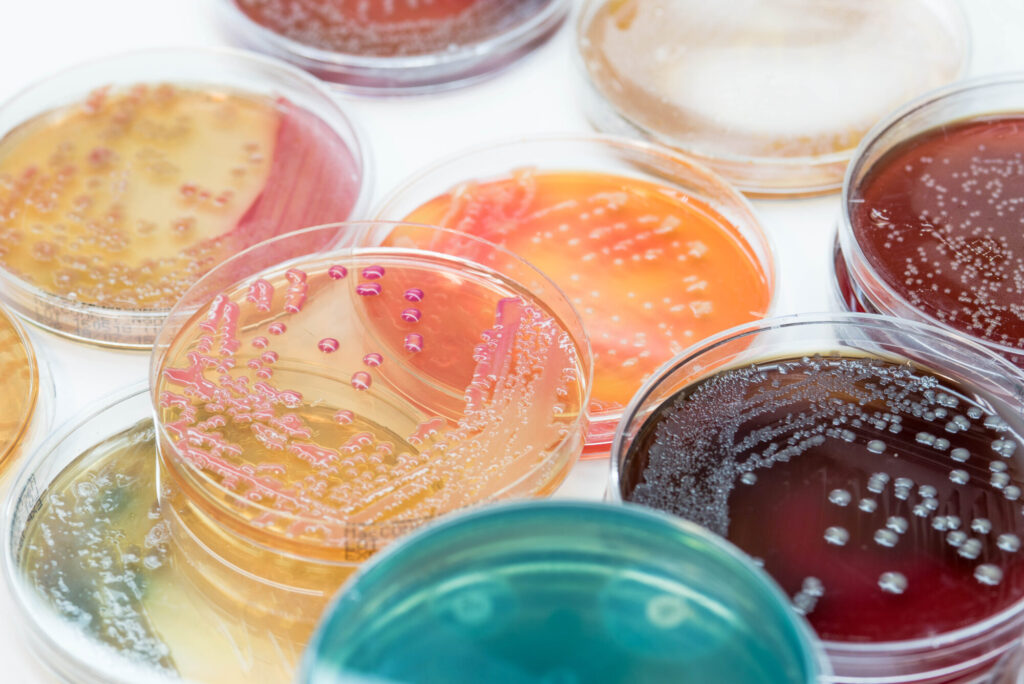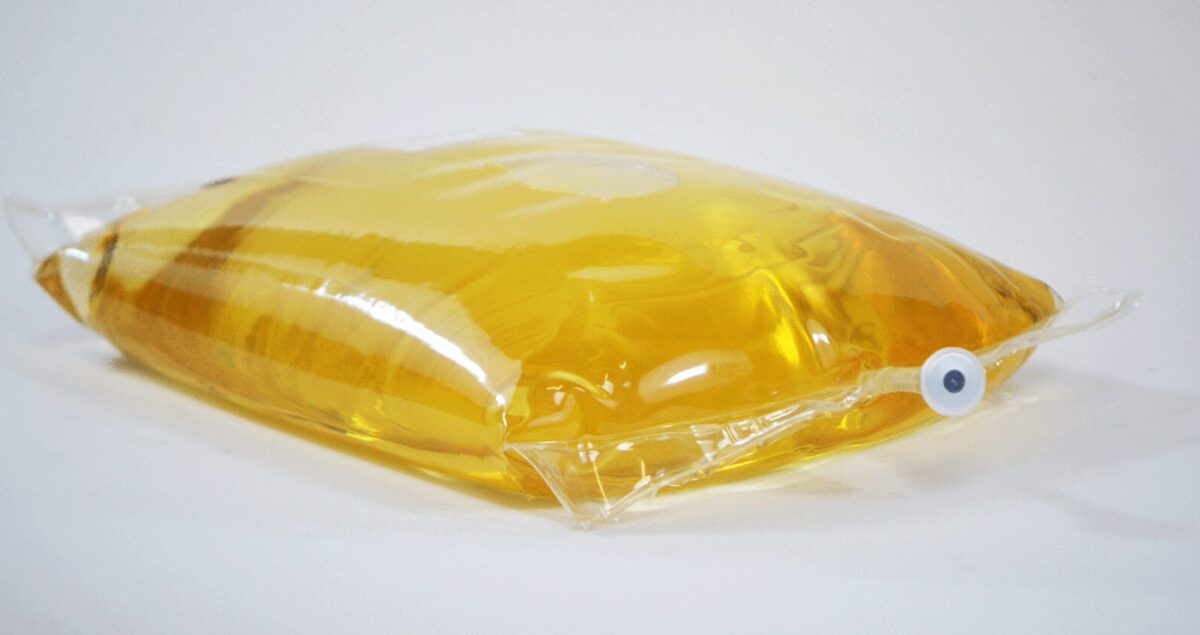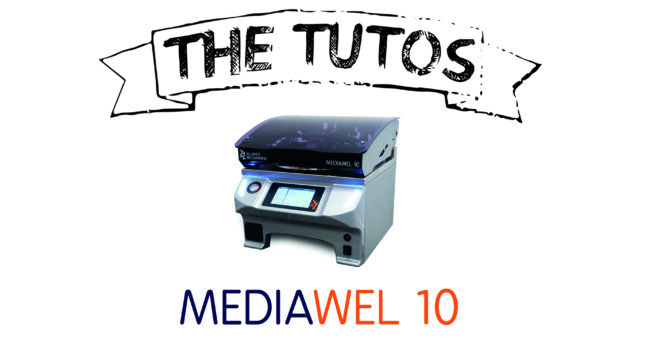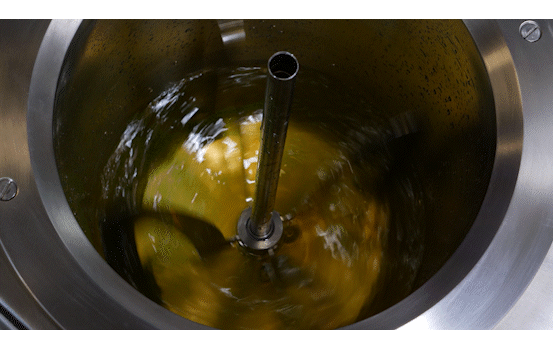Do it yourself
Buffered peptone water and Fraser broth are commonly used diluents in Food sample preparation and Environmental monitoring.
The BPW is used as a diluent for microorganisms’ enumeration, like Listeria monocytogenes and as a pre-enrichment non-selective media for Salmonella detection in food products or environmental samples.
As for Fraser broth, it is mainly used for selective and differential enrichment of Listeria monocytogenes in food products and especially in milk and dairy products.
If both BPW and Fraser broth are routinely used in Microbiology Quality Control laboratories, there are still 2 different approaches in terms of broths management: whether to buy ready to use broth in bags or flasks, or to prepare the diluents in an autoclave or an automated media preparator.
Let’s focus in this “homemade” BPW and Fraser broth, increasing method in many labs, for costs reasons… but not only!

First of all, how do we manufacture these diluents?
Buffered peptone water
◉ Dissolve the dehydrated diluent base (20g) in 1 litre of distilled water.
◉ Dispense in tubes or flasks.
◉ Autoclave at 121°C for 15 minutes
Fraser broth
◉ Dissolve the dehydrated media base (55g) in 1 litre of distilled water.
◉ Mix thoroughly
◉ Dispense in tubes.
◉ Autoclave at 121°C for 15 minutes
◉ Cool down at 25°C
◉ In each Fraser broth base, aseptically add 0.1ml of 5% Ferric Ammonium Citrate
◉ In the prepared tubes, transfer 0.1 ml of previously obtained media on an primary enrichment broth (Half Fraser broth).
◉ Mix thoroughly
◉ Incubate for 24 and 48 hours at 37°C.
Flexibility = Autonomy:
To prepare diluents on his own is convenient. We can adjust the preparation to the workflow, which is not always predictable. This avoids losses and last-minute calls to your suppliers, due to unexpected increase of samples.The use of an Automated Media Preparator is the perfect tool to gain flexibility. It can prepare small (3L) to bigger batches (30L) of diluent in one batch, following the daily needs.
Ready to use Broth tubes, flasks and bags are stocked at a temperature between 2 and 25°C whereas the dehydrated basis, are stored between 2 and 30°C. Those 5 little degrees can be source of annoyance if temperature issues are happening… and this unfortunately happens…

Want to know more about our range for
Culture media preparation :
What tells us the (ISO 7218-2007) norm?
Microbiology of food and animal feeding stuffs – General requirements and guidance for microbiological examinations
- Chapter 5.7.1 Description :
« A media preparator is principally designed for the sterilization of large volumes of media (> 1L). It consists of a heating vessel, water jacket and continuous stirring device. The equipment shall also be fitted with a temperature gauge, pressure gauge, timer and safety valve. In addition, the unit should have a safety lock to prevent opening until a temperature of 80 °C is reached. »
- Chapter 5.7.2 Use :
« Follow the manufacturer’s instructions at all times. The entire production process takes place within the apparatus. After addition of all the ingredients, they are dissolved by stirring and heating. This is followed by sterilization ».
- Chapter 5.7.3 Maintenance :
« Wash the preparator and rinse thoroughly with purified water between each media batch. »
- Chapter 5.7.4 Verification:
« The preparator shall be kept in good working condition and inspected regularly by competent qualified personnel in accordance with the manufacturer’s instructions. Keep the monitoring instruments in good working order and verify their performance regularly.
Initial validation should include performance studies for each operating cycle and each load size used in practice. This process should be repeated after significant repair or modification. Two temperature probes, one adjacent to the control probe and another remote from it, may be used to demonstrate uniform heating. The temperature and duration of each cycle should be checked… »
Critical points in Diluents preparation :
- Sterility : Must reach a high enough temperature to STERILIZE the Culture Media (Ex : 121°C-15min, 110°C-20min).
- Fertility : Must not reach a too high temperature in order not to destroy the culture media (destruction of the sugars, peptones…).
- Homogeneity : Dissolution and temperature homogeneity.
- Reproducibility : To reproduce the program with the same parameters to always have the same quality.
Automated Media Preparator Vs. Autoclave :
Having in mind the critical points related to broth preparation, the use of an automated media preparator is definitely more adequate than an autoclave for big volumes (defined by the ISO as > 1 L)
The temperature control : as a reminder and following the ISO, an autoclave has a minimum +/- 3°C temperature variation and is slow to cool down (45-60min), whereas an automated preparator is much accurate +/- 0.5°C and much faster to cool down (15-20min) avoiding sterility and fertility issues.
The homogeneity control : the automated stirring made by the Automated media preparator ensures an optimal mixing. This stirring is adjustable depending on the type of broth to be prepared.
Meanwhile the temperature sensor in direct contact with the broth is controlling the temperature regulation (+/-0.5°C).
Additions : the additions can be made during the same cycle in one batch and with all safety.
Fertility and sterility tests :
Following ISO 11133 norm, each manufactured diluent batch has to be submitted to fertility and sterility tests.
👉 Want to learn more about the MEDIAWEL or test it in your lab? Contact us now:
Please complete the form below to contact us:
"*" indicates required fields





